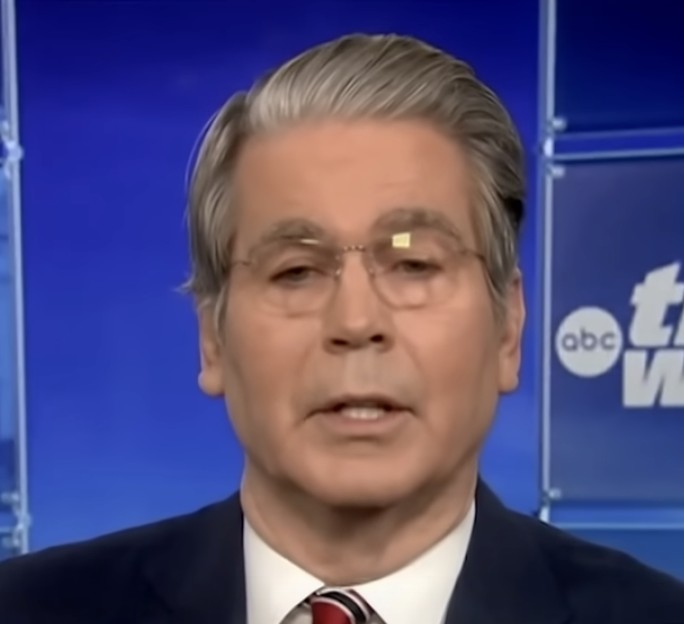In recent weeks, the administration has launched an unusually intense communications push—through rapid-fire social media posts, high-profile television appearances, and repeated remarks from the Oval Office—touting what the President calls a $2,000 “tariff dividend” for most American households. This phrase, catchy and politically potent, suggests the arrival of a new kind of economic boost: direct payments supposedly made possible by rising tariff revenues and a White House-framed narrative of a strengthening, almost self-propelling economy. According to the President, the combination of robust consumer spending, resilient job growth, and a stream of money generated by the expanded tariff regime has created the opportunity to put tangible cash back into the hands of ordinary Americans.
Yet behind the confident messaging, key officials are far more cautious. The Treasury Secretary, while reinforcing the President’s enthusiasm, consistently points to an unavoidable constraint: no matter how compelling the proposal may sound, nothing can move forward without Congress. In private conversations and in more technical briefings, Treasury advisers highlight that tariff revenue is not a free-floating resource; it is governed by statute, and any large-scale redistribution program must be legislated, not merely announced. Complicating matters even further is a looming Supreme Court decision that could fundamentally alter—or even nullify—the tariff authority currently producing the revenue the White House hopes to use. The legal vulnerability is not theoretical; depending on the ruling, a sizable portion of the funding stream could evaporate overnight. Unsurprisingly, families following the story are left trying to distinguish between what is genuinely feasible policy and what may simply be a politically convenient promise.
The core idea of a $2,000 tariff-backed dividend lies at a difficult crossroads where politics, legal constraints, and real-world economic math collide. The administration is vigorously promoting the concept, framing it as an innovative way to turn trade policy into household relief. Alongside the dividend, advisers have floated alternative paths that could achieve similar results—such as targeted tax relief for middle-income earners or the creation of long-term birth investment accounts intended to support future generations. Each of these ideas carries its own logic, but all of them share the same structural hurdle: they cannot be implemented unilaterally. They require Congress to draft, debate, modify, and ultimately pass legislation. At the moment, there is neither bill text nor consensus on eligibility limits, income thresholds, phase-outs, or the administrative mechanism that would deliver payments. Moreover, because a pivotal Supreme Court ruling remains pending, the basic assumption that tariff revenue will continue at its current scale is far from secure. Until these issues are resolved, the dividend—however attractive in political rhetoric—continues to exist more as an aspiration than a guaranteed benefit.
For households dealing with the daily reality of higher consumer prices, wages that have not kept pace with inflation, and retirement accounts that rise and fall unpredictably with market volatility, the uncertainty is understandably exasperating. The appeal of a direct, no-strings-attached infusion of cash is obvious. Many families are balancing rising housing costs, expanding credit-card balances, and limited savings cushions, making any form of relief feel urgently necessary. Yet the distance between projected program costs and the actual, legally available tariff revenue is wide. When analysts account for competing federal priorities—such as deficit reduction, infrastructure commitments, healthcare obligations, and the need to preserve fiscal credibility—the funding gap becomes even more pronounced. Policymakers would need to decide whether the dividend should be universal, targeted, recurring, or one-time, and how to reconcile it with broader budget constraints.
Until Congress converges on a concrete legislative framework and identifies a sustainable, legally bulletproof funding mechanism—and until the Supreme Court clarifies the durability of the underlying tariffs—Americans should treat the “dividend” less as a scheduled financial event and more as an evolving policy conversation. The promise may eventually take shape, but for now, it remains in the realm of political possibility rather than practical certainty.
